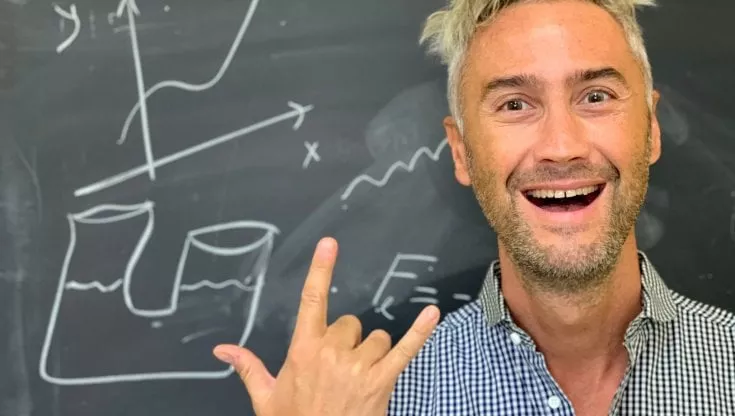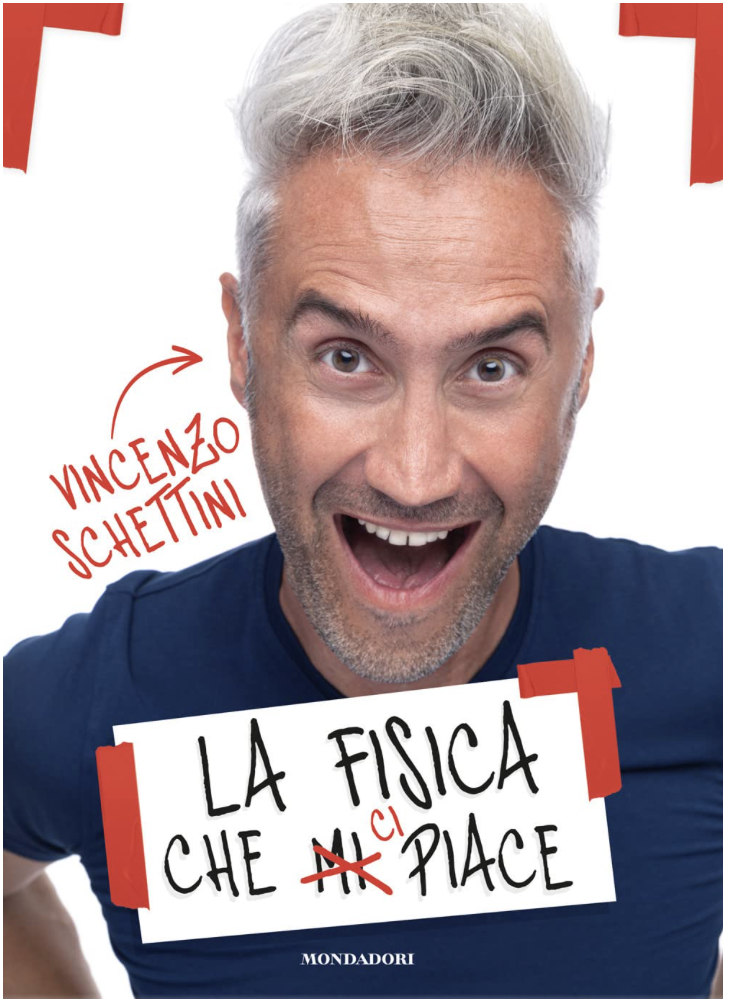by Monica Constantin & Angelos Alexopoulos

It is no secret that social media has become the primary channel for communication and information exchange in today’s digital age. It is where we get our news, share ideas, debate, teach, and learn. However, social media can also be a powerful tool for science education, dissemination, and communication if used effectively.
Vincenzo Schettini, an Italian physics teacher at the Luigi dell’Erba Institute of Castellana Grotte, in the province of Bari, Italy, has become an internet phenomenon due to his innovative approach to teaching and his ability to engage students in the study of physics. Schettini has mastered the art of science communication on social media, particularly on TikTok and YouTube, where he uses humour and creativity to explain complex physics concepts.
The well-deserved popularity of the Apulian professor has truly amazing dimensions for a scientific populariser who focuses on the use of social platforms. To give a dimension that can make understand the breadth of Schettini’s popularity among young Italians, a video published on Facebook and Instagram documents his triumphal visit to a high school in Palermo getting more than 5 million views.
Schettini’s success on social media has highlighted the importance of innovation in education, especially in the increasingly digital world we live in. Educators need to find new and innovative ways to engage students and make learning more accessible and interesting, to prepare them for the challenges of the digital age.
By using platforms such as TikTok, Schettini has been able to reach a wider audience and create a more engaging learning environment for his students. His videos have been shared widely on social media, and he has been praised for his ability to make physics more accessible and interesting to students, who often find the subject difficult and unengaging.

However, it is worth noting that Schettini is a talented communicator capable of magically orchestrating the various tools at his disposal: the most popular physics teacher in Italy is, not surprisingly, one of the protagonists of the national publishing scene. His book “The Physics We Like” (La fisica che ci peace) is a bestseller since its publication date, 2022. School education and direct contact with young students, however, have never ceased. He continues to teach in high school and his public lectures around Italy are numerous and always crowded with young high school students. Schettino is a tireless builder of bridges between the traditional school and the world of informal learning. Schettini believes that any student can succeed in physics if given the right support and encouragement. He encourages his students to ask questions and explore the subject in more depth. This approach has enabled his students to gain self-confidence and progress in their knowledge of physics.
Schettini’s innovative methods of teaching, such as hands-on experiments, have been showcased on his YouTube channel, Spotify, Instagram, and TikTok. During a lecture on pressure, he asked his students to sit in a chair and suddenly stand up, then asked them to describe what they felt and how pressure was involved. This practical example gave students a better understanding of the concept of pressure and how it applies in real life.
As science education researchers, science teachers, and policymakers, we must recognize the potential of social media as a tool for science education and communication. We must continue to explore innovative teaching methods that engage students and make learning more accessible and interesting. Schettini’s success on social media provides an excellent example of how effective science education can be when given the right support and motivation.
